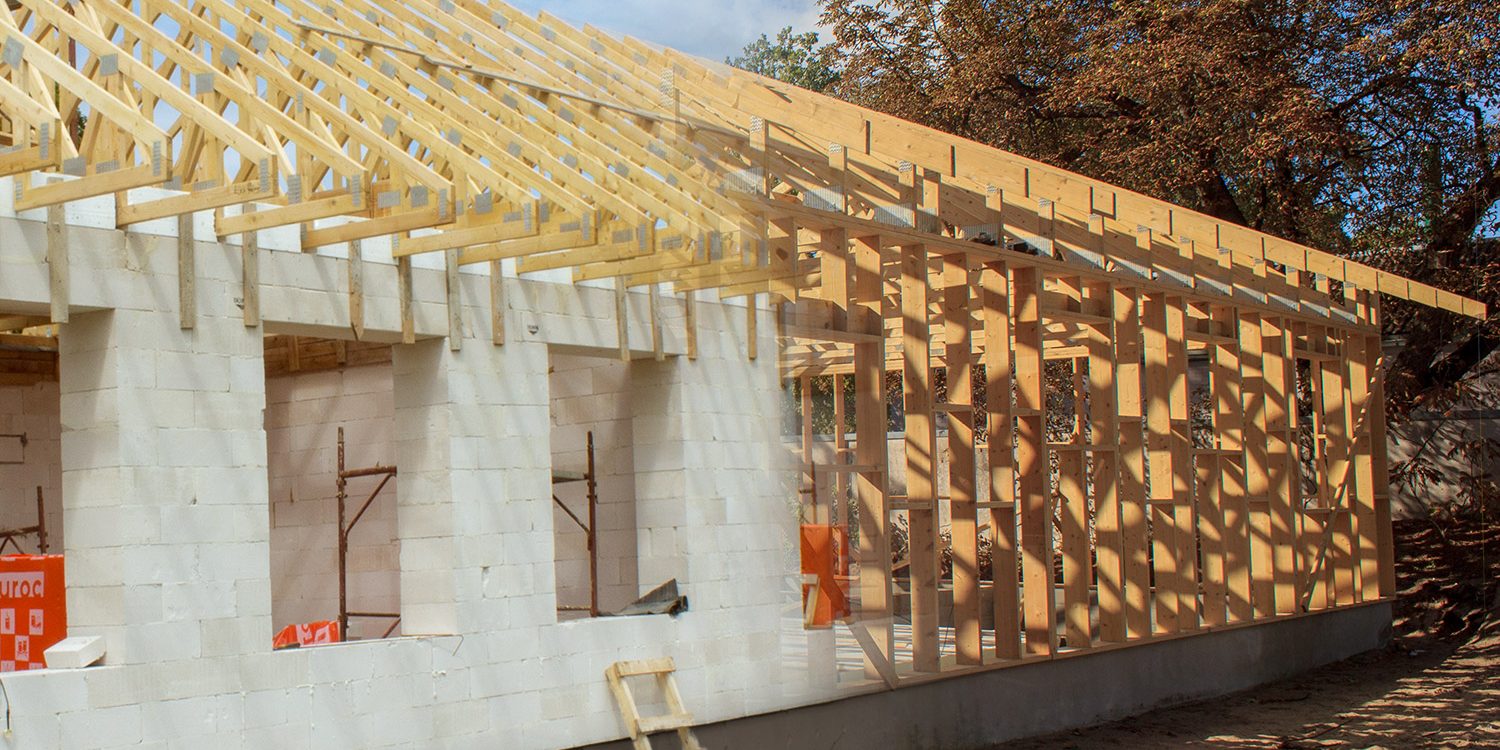Timber framing is a traditional construction method that has been used for centuries in the UK and around the world. It involves using wooden beams and posts to create the structural framework of a building. Here are some comparisons of timber framing to other construction methods commonly used in the UK:
Masonry Construction: This is a traditional construction method where bricks or stones are used to create the structure of a building. While masonry construction can be durable and long-lasting, it can be more expensive and time-consuming than timber framing.
Steel Framing: Steel framing involves using steel beams and columns to create the structure of a building. While steel is strong and durable, it can be more expensive than timber framing and is not as environmentally friendly.
Concrete Construction: This is a modern construction method where concrete is used to create the structure of a building. While concrete is strong and durable, it can be more expensive than timber framing and is not as environmentally friendly.
Prefabricated Construction: Prefabricated construction involves manufacturing building components off-site and assembling them on-site. While this method can be quicker and more cost-effective than traditional construction methods, it may not be as flexible as timber framing.
Modular Construction: Modular construction involves manufacturing pre-designed modules off-site and assembling them on-site. This method can be quicker and more cost-effective than traditional construction methods, but it may not be as flexible as timber framing.
In summary, timber framing has the advantage of being a traditional, environmentally friendly, and cost-effective construction method. While it may not be as quick or as flexible as some modern construction methods, it has a unique aesthetic appeal and can be adapted to a variety of design styles.

